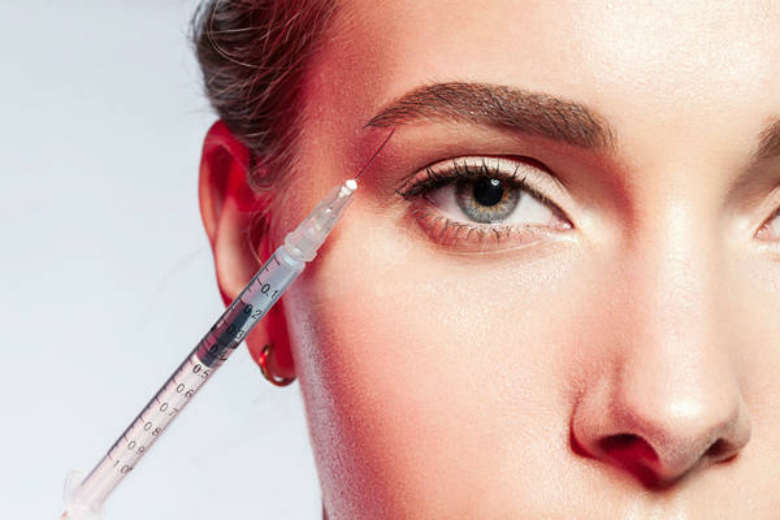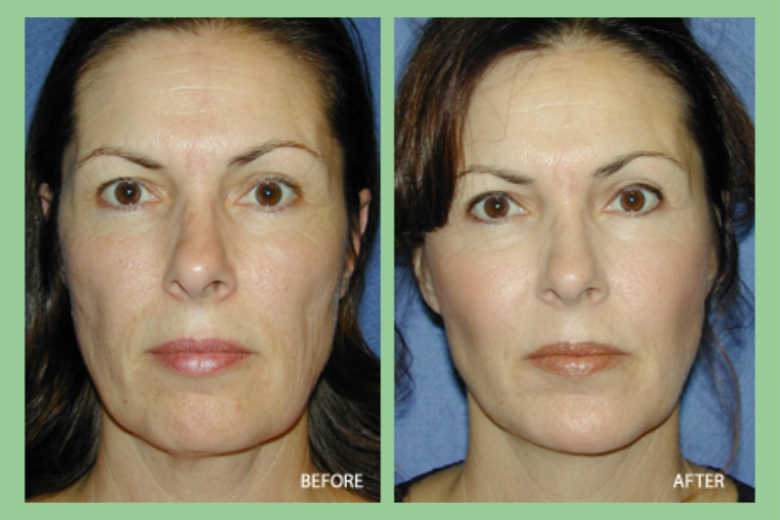As aesthetic medicine progresses, numerous reconstructive innovations have surfaced as potent treatments for addressing human tissue deficits. While some are ideal for minor corrections, others excel in treating substantial volume defects. Bio-Alcamid stands out as a reconstructive option that has been utilized for over a decade. While the product has garnered appreciation for its benefits, it’s important to note that moderate to severe complications have been reported. This article delves into the details of Bio-Alcamid to empower you to make informed decisions.
A Brief History Of Bio-Alcamid
It all started when a team of Russian scientists developed a permanent filler called Formacryl in the mid-1990s. They claimed to have performed major soft tissue reconstructions with it successfully, and the news did not take time to spread around Western Europe. A group of interested physicians visited the laboratory and clinics where Formacryl was used as a reconstructive option. Upon return, they confirmed the product could rectify substantial congenital and acquired defects remarkably. But at the same time, they mentioned that there were also significant complications associated with it.
However, an Italian company named Progen found Formacryl to have immense potential and imported much of it from Russia in 1997. After testing and modifying the product for better safety, they started marketing it. Meanwhile, the company and product names were changed to Polymekon and Bio-Formacryl, respectively. This Bio-Formacryl was the ancestor of today’s Bio-Alcamid, which was then defined as an injectable gel containing 4% polyacrylamide and 96% water. The manufacturers announced it is ideal for both small- and large-volume soft tissue augmentations in various aesthetic and reconstructive procedures. However, no maximum volumes were indicated for each injection (1).
The Birth Of Bio-Alcamid
Polymekon kept researching the biocompatibility of Bio-Formacryl and re-named it Bio-Alcamid in 2001. They described the revised product as a ‘non-biodegradable, biocompatible synthetic polymeric transparent gel with a reticulated structure derived from acrylic acid, containing 4% alkyl-amide-imide groups and 96% apyrogenic water’. In the same year, it also received a Conformité Européenne (CE) certificate, known to be the only approval needed for an injectable filler in Europe. There were no changes in the indications and no limits for injectable volumes per patient. However, the company never disclosed any details of the research and findings regarding the improved biocompatibility of the product (2).
Also Read – Galvanic Skin Treatment (Galvanic Facial) – Procedure, Benefits, Side Effects, and Cost
What Is Bio-Alcamid?
Bio-Alcamid, a synthetic and permanent injectable filler derived from acrylic acid, comprises a dense and transparent gel with a pH of seven, making it a popular choice for soft tissue augmentation. Widely recognized for its effectiveness in correcting large-volume defects, Bio-Alcamid can also address smaller tissue deficits. Its versatility in correcting various soft tissue deficits and reconstructing congenitally affected anatomical structures has positioned Bio-Alcamid as a groundbreaking option in reconstructive and cosmetic procedures. Notably, it is a non-toxic, non-allergenic, and entirely biocompatible product, eliminating the need for a skin test before application and offering easy injection and removal processes.
Composition Of Bio-Alcamid
According to its structure, Bio-Alcamid is a synthetically processed polymer gel that does not contain any animal or other biological forms of tissues. It comprises networks of alkyl-imide groups (4%) and nonpyrogenic water (96%). Alkyl-imide is a member of the family of acryl derivatives, which does not have free monomers in its polymeric structure. Such a unique composition of Bio-Alcamid makes it suitable for use in large amounts as and when required (3).
Different Forms Of Bio-Alcamid
Bio-alcamid comes in three distinct forms of increasing density (4). These include:
1. Lip Form
It is a soft and compact product, perfect for augmenting the outlines of lips while making the implant feel natural to touch. As Bio-Alcamid can never be injected into the mucosa, this lip form is used only for correcting and projecting the labial profile.
2. Face Form
The product has the same composition but different viscosity in its face form. So, it is excellent for rectifying medium or medium-small volume defects, including zygomatic and genial hypovolumetry, prominent nasolabial fissures, etc.
3. Body Form
Bio-Alcamid has nearly the same composition and consistency in its face and body forms. But the latter comprises more material required for satisfactory correction of significant tissue deficits, such as facial atrophy, gluteal atrophy, Poland syndrome, Parry–Romberg syndrome, Pectus excavatum, hypovolumetry of the calves, HIV drug-induced lipodystrophy, etc.
How Does It Work?
The working procedure of Bio-Alcamid is known as ‘endogenous prosthesis.” Upon injection, it gets surrounded by a fragile and fibrous collagen capsule (0.02 mm.). As a result, the implant becomes isolated from the host tissues and fills in the deficits. This makes it a ‘soft tissue endoprosthesis’.’
Read Also – Rejuvenate Your Skin With Natural ALMI Procedure (With Before & After Pics)
Ideal Candidates
Those who are pregnant or breastfeeding should not opt for Bio-Alcamid. You should also not choose the product if you already have any known infection.
The Procedure
- You are administered local anesthesia with sedation for a small-volume implant. For larger volumes, more robust pain control can be used.
- Then, the gel is injected into the subcutaneous tissue instead of the dermis through a needle or a cannula of adequate size. It is done slowly to ensure the product flows smoothly inside the skin.
- Finally, the implant is molded effectively with the help of a gentle massage.
Post-Procedural Care
You may experience temporary side effects like swelling, reddening, etc. But none of these will be there following a couple of hours of the procedure. For a large-volume deficit correction, there might be a little pain. Your physician will recommend proper pain management for this purpose.
Risks And Complications
Bio-Alcamid has anecdotally been reported to cause mild to severe complications. These are swelling, acute reddening, unusual pain, infection, fever, granuloma, and product migration. However, aggressive product removal can help patients swiftly eliminate the complications.
Lasting Time
The effect of Bio-Alcamid is a permanent filler, provided the procedure is performed right. Though a little volume loss happens once the initial swelling disappears, you can immediately see your desired aesthetic results. Also, occasional additional treatment may be necessary to enjoy the optimal outcomes by eliminating the re-appeared wrinkles, creases, or scars.
Costs Involved
Each ml. of Bio-Alcamid can cost you $250 to $400.
Read Also- Aquamid: The Secret To A Rejuvenated And Well-Contoured Face
Summary
Bio-Alcamid, a synthetic and permanent injectable filler derived from acrylic acid, has a dense and transparent gel with a pH of seven, making it ideal for soft tissue augmentation. Recognized for its effectiveness in correcting large-volume defects, Bio-Alcamid is also versatile enough to address smaller tissue deficits. The filler is non-toxic, non-allergenic, and biocompatible, requiring no skin test before application. It comes in three forms—Lip Form for lip augmentation, Face Form for medium-volume defects, and Body Form for significant tissue deficits. The procedure involves slow injection and molding with a gentle massage, with lasting effects and occasional additional treatments as necessary. The costs range from $250 to $400 per ml.
References:
1. & 2. “Bio-Alcamid”, ClinicalGate.com
3. “Bio-Alcamid“,” ConsultingRoom.com
4. “Bio-Alcamid – Dermal Fillers,” DermalFillers.co.uk



